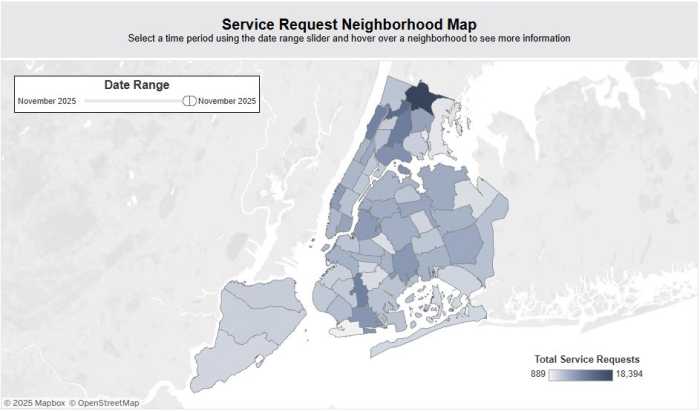By Sarina Trangle
The city has sought to quiet activists upset about its plans to decommission the Ridgewood Reservoir dams by citing new, cumbersome regulations it would need to comply with before an August deadline.
But the city Parks Department’s plan to sidestep dam upkeep protocols is not expected to meet that goal for at least a year and a half.
Alon Dominitz, the state Department of Environmental Conservation’s chief of dam safety, said the Ridgewood Reservoir, currently classified as three small, high-hazard dams, must have an engineering assessment issued on it by August, under state guidelines.
The Parks Department seeks to put a project out to bid shortly that would puncture three basins in the reservoir by building channels to carry water betweem them, which would disqualify the reservoir basins as dams.
The DEC defines a dam as any artificial barrier, including an earthen one, that impounds or may impound water. Once contractors begin, the Parks’ project is expected to take at least 18 months, department officials said.
In the interim, the reservoir will remain dams in the state’s eyes.
Dominitz said the DEC has a less punitive enforcement path at its disposal for dam owners who diligently work with the state to address out-of-compliance dams.
Neither the DEC or Parks responded to inquiries about what repercussions the city may face if the Ridgewood Reservoir violates dam regulations.
But bird watchers and park patrons had plenty to say about the waterway’s future.
Close to 30 people filed into the St. Pancras School Monday to listen to the Parks Department detail preliminary construction plans.
Joelle Byrer, Parks’ Queens capital team leader, said contractors would be creating narrow gravel paths so trucks could be brought in to build and maintain the culverts, channels used to drain one basin into the others should they amass dangerous levels of water.
Many attendees said the project would bar them from the path that lines the perimeter of the reservoir, disrupt a landscape they have sought to turn into mapped wetlands and infringe on an ecosystem that has flourished since the reservoir stopped serving as a water supply in about 1990.
“You have an important, scientific flyway here — 150 varieties of birds and you’re going to destroy it,” said Tom Dowd, who sits on Community Board 5’s Parks Committee, while saying he did not understand the hazards presented by keeping the reservoir in its present state. “You’re creating an environment that won’t be used unless you have a biblical flood. Does that make sense?”
Byrer said close to 470 trees would be lost during the work, but 512 new 2-to-3-inch saplings would be planted near the reservoir in addition to 200 incoming trees slated for the surrounding Highland Park.
She emphasized that the project plans were prepared to ensure that park patrons had access to portions of the path during construction and that nearby habitats are not altered.
Hazards aside, Byrer said standards written after Hurricane Katrina required Parks to act.
“These are punctures that will allow us to be in compliance with the new regulations,” she said. “We must be in compliance by August.”
Reach reporter Sarina Trangle at 718-260-4546 or by e-mail at strangle@cnglocal.com.




































